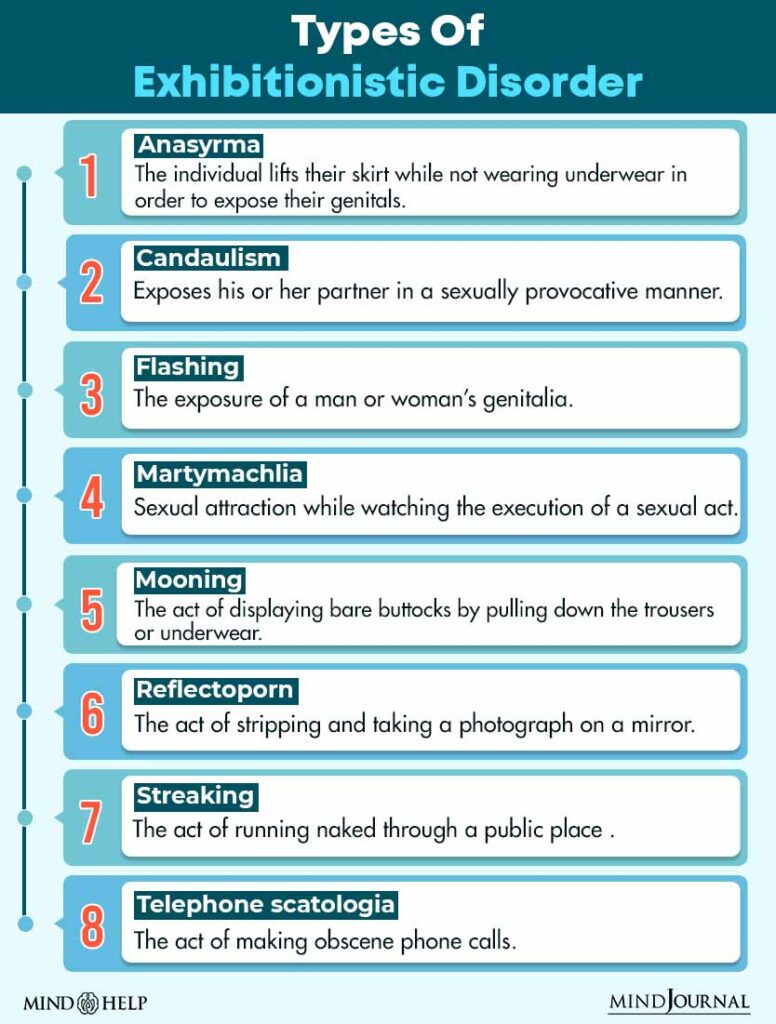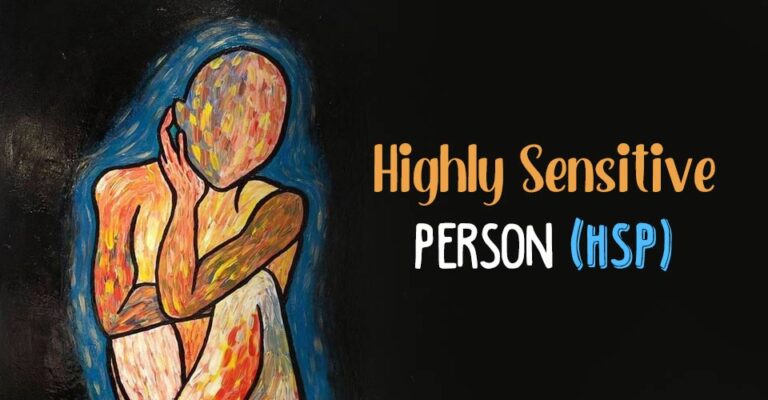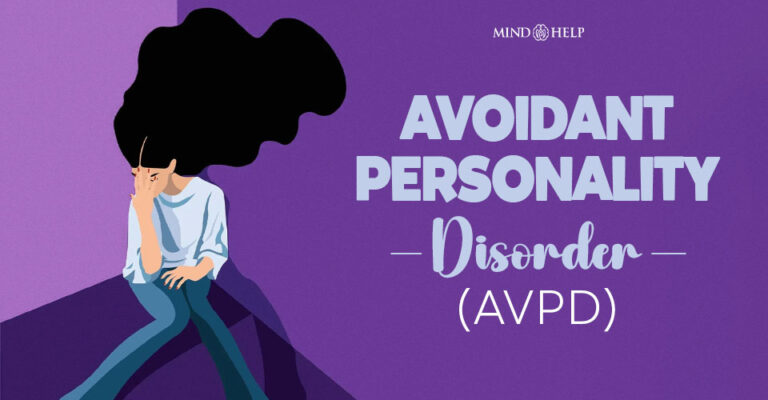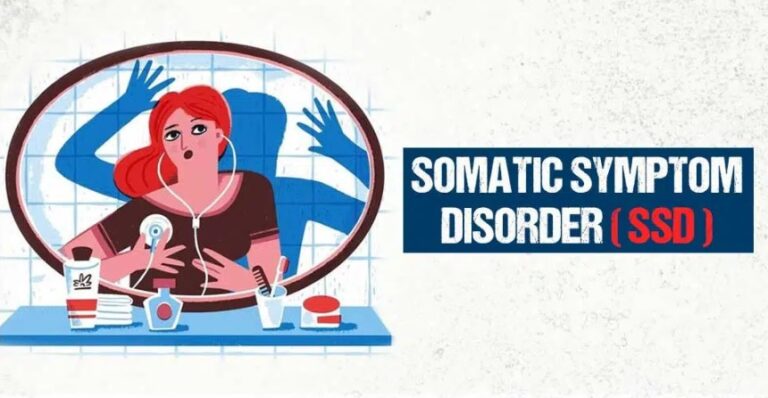Table of Contents
Exhibitionistic condition is a mental disorder in which a person exposes his sexual organs—or genitals—to other people, generally, strangers who are not expecting it.
What Is Exhibitionistic Disorder?
The term “exhibitionist” was first coined by the French physician and psychiatrist Charles Lasegue in 1877. Exhibitionistic disorder 1 Balon, R. (2016). Exhibitionistic disorder. In R. Balon (Ed.), Practical guide to paraphilia and paraphilic disorders (pp. 77–91). Springer International Publishing. https://doi.org/10.1007/978-3-319-42650-1_6 is a mental disorder characterized by exposing sexual organs or genitals to other people who they haven’t met or not expecting to for sexual pleasure. This disorder is categorized under “paraphilic disorders”. A paraphilic disorder 2 McManus, M. A., Hargreaves, P., Rainbow, L., & Alison, L. J. (2013). Paraphilias: definition, diagnosis and treatment. F1000prime reports, 5, 36. https://doi.org/10.12703/P5-36 is a paraphilia that causes intense sexual gratification and significant distress, functional impairment, and can harm themselves or others.
Most people with exhibitionistic interests do not experience significant distress or cause harm. Hence they are not classified as having a mental disorder. This disorder is characterized by recurrent and intense sexual arousal by exposing sexual organs to an unsuspecting person. Genital arousal along with masturbation can cooccur in conjunction with exposing one’s genitals to satisfy their exhibitionist urges. A common impairment associated with this disorder is sexual dysfunction when exhibitionistic behavior is not present. The individuals often become sexually excited by exposing genitals to prepubertal children or physically mature adults.
This disorder commonly leads to shame and emotional distress for individuals who engage in this behaviour. Internal conflict and fear of judgment can also lead to isolation and difficulty in having honest sexual communication and relationships. Exhibitionistic desires may also be channelled with like-minded individuals who have similar fetishes and lifestyles. This act can be practised in consensual groups with a like-minded partner and can provide a healthy outlet for exhibitionistic urges.
This disorder has a high rate of relapse because the behavior is found to be hard to modify or control 3Morin, J. W., & Levenson, J. S. (2008). (PDF) Exhibitionism: Assessment and treatment. ResearchGate. https://www.researchgate.net/publication/288441012_Exhibitionism_Assessment_and_treatment . Family members can offer support by keeping them in a routine and ensuring the internet is used for a short period of time.
This disorder usually occurs in men. Studies 4 Långström, N., & Seto, M. C. (2006). Exhibitionistic and voyeuristic behavior in a Swedish national population survey. Archives of Sexual Behavior, 35(4), 427-435. https://doi.org/10.1007/s10508-006-9042-6 show that the prevalence rate in the male population is between 2 percent to 4 percent. However, women may also show symptoms of this disorder. The onset of this disorder occurs in late adolescence or early adulthood.
Signs And Symptoms
The primary symptom of this disorder is exposing sexual organs or body parts that are not usually exposed in public or semi-public settings for sexual pleasure. The Diagnostic and Statistical Manual of Mental Disorders provided the following symptoms for this disorder:
- The behavior should occur over a duration of six months
- The behavior is repeated that results in extreme sexual arousal when exposing genitals to strangers
- The behavior makes the individual distressed
- The behavior interferes with the social, career, and everyday life of the individual
- When the individual is examined, the mental and physical illnesses are ruled out
- The check-up should take into account whether the individual is abusing substances
- The degree of distress the individuals feels about his behavior and the feelings of the victim must be taken into consideration
- The person with this condition displays this behavior to a person who is unable to control the behavior directed towards a person who doesn’t permit or agree to it
Types Of Exhibitionistic Disorder

There are various types of Exhibitionistic disorders based on the type of behavior. They are as follows:
- Anasyrma: This is when the individual lifts their skirt while not wearing underwear in order to expose their genitals
- Candaulism: When the individual exposes his or her partner in a sexually provocative manner.
- Flashing: A momentary display of bare female breast with an up and down lifting of the shirt or bra or the exposure of a man or woman’s genitalia.
- Martymachlia: A paraphilic disorder that involves sexual attraction while watching the execution of a sexual act.
- Mooning: The act of displaying bare buttocks by pulling down the trousers or underwear. This act is done usually for the sake of humor, disparagement, or humor.
- Reflectoporn: The act of stripping and taking a photograph on a reflecting surface such as a mirror and posting on the internet in a public forum. For instance reflection of images of naked men or women on kettles, TVs, toasters, or knives.
- Streaking: The act of running naked through a public place as a prank, a dare or as a form of protest.
- Telephone scatologia: The act of making obscene phone calls 5 Newring, K. A. B. (2014). Telephone scatologia. In W. T. O’Donohue (Ed.), Case studies in sexual deviance: Toward evidence-based practice (pp. 168–194). Routledge/Taylor & Francis Group. to random or known recipients.
Causes And Risk Factors Of Exhibitionistic Disorder
The exact cause of this condition is still unknown. However, there are certain risk factors that may trigger the symptoms of this disorder. They are as follows:
- Antisocial personality disorder
- Alcohol abuse
- Interest in pedophilia
- Sexual and childhood abuse
- Being consumed with sexual thoughts during childhood
- Hypersexuality
Read More About Alcoholism Here
Diagnosis Of Exhibitionistic Disorder
Exhibitionistic disorder is often diagnosed when an individual is caught exposing their genitals in public or semi-public settings. The court may order psychological treatment for the person concerned. Doctors often find it difficult to differentiate between deviant sexual desires arising from mental disorders and displays of sexual orientation that do not emerge from a form of mental illness.
The Diagnostic and Statistical Manual of Mental Disorders (DSM 5) laid out the following criteria for diagnosis for people who exhibit such sexual interests. They are as follows:
- Feeling personal distress about their interest and not merely due to society’s disapproval.
- Have a sexual desire or behavior that involves another person’s psychological distress, injury or death, or a desire for sexual behaviors involving unwilling persons or persons unwilling to give legal consent.
- The symptoms must be persistent for at least six months.
The doctor will evaluate the patient’s sexual and medical history. The doctor may also conduct tests to rule out any underlying medical condition. After diagnosis, the doctor will devise a treatment plan to minimize the symptoms of the patient.
Treatment Of Exhibitionistic Disorder
This disorder usually doesn’t require treatment unless there is any inappropriate or illegal behavior involved. The individual requires treatment when they tend to act on their impulses. It can cause significant distress and impairment for the individual concerned. Psychotherapy is the most common treatment approach. However, medications may also be prescribed for reducing compulsive behavior. The treatment methods that are adopted are as follows:
1. Sex therapy
This therapy involves counselling with a certified sex therapist who specializes in paraphilias. This will ensure a knowledgeable and non-judgemental approach to their therapy6 Marshall, W. L., & Marshall, L. E. (2015). Psychological treatment of the paraphilias: A review and an appraisal of effectiveness. Current Psychiatry Reports, 17(6). https://doi.org/10.1007/s11920-015-0580-2 The sex therapist will evaluate the symptoms and take a detailed sexual and psychosocial history to assess the factors that contribute to this condition. The therapist will also evaluate the symptoms that are experienced, especially changes in the situations or cues that have escalated the thoughts or urges. They will also help the patient with coping strategies and behavioral techniques in order to ease the symptoms.
2. Cognitive Behavioral Therapy
This therapy helps the patient to understand and evaluate the negative thoughts and patterns that govern their negative behavior. After evaluation, the doctor will help the patient to alter these negative thoughts with positive ones. Studies have proven effective for treating this disorder.7 Jokl, Jan. (2017). Cognitive Behavioral Therapy of Exhibitionism. Cognitive Remediation Journal. 6. 4-11. 10.5507/crj.2017.003. . The doctor may also help to develop coping strategies to ease the symptoms of the condition.
3. Antidepressants
Medications are often prescribed to patients with comorbid conditions such as anxiety or depression. Selective Serotonin Reuptake Inhibitors such as Prozac or fluoxetine are prescribed for these comorbid conditions. One of the main side effects of antidepressants is low sexual drive. A lowered sexual drive can help with the intense sexual impulse associated with exhibitionistic thoughts and behaviors.
Read More About Antidepressants Here
4. Antiandrogens
Medications such as medroxyprogesterone or cyproterone acetate help to temporarily lower testosterone levels and reduce sex drive that allows therapy to be more effective. This can be effective to minimize the symptoms of the exhibitionistic disorder.
5. Group Therapy
This therapy involves a group of people under the guidance of therapists where people are allowed to share their thoughts in this group setting. It allows the patients to address the concerns to a group of people who are experiencing similar symptoms of this disorder. A combination of group therapy and individual therapy has proven to be effective in reducing inappropriate behaviors and enhancing social skills.
Read More About Group Therapy Here
Recovery From Exhibitionistic Disorder
Most people with this disorder seek psychological treatment when forced to do so by a court order due to an inappropriate public exposure of their genitals. The first step towards taking control of sexual impulses is to seek psychological help from a knowledgeable and non-judgemental professional in order to avoid negative consequences. With therapy and medication, it is possible to lead a normal life.
Exhibitionistic Disorder At A Glance
- Exhibitionistic condition is a mental disorder in which a person exposes his sexual organs—or genitals—to other people, generally, strangers who are not expecting it.
- Most people with exhibitionistic interests do not experience significant distress or cause harm.
- This disorder commonly leads to shame and emotional distress for individuals who engage in this behaviour.
- This disorder usually occurs in men.
- The primary symptom of this disorder is exposing sexual organs or body parts that are not usually exposed in public or semi-public settings for sexual pleasure.
- Psychotherapy is the most common treatment approach.













